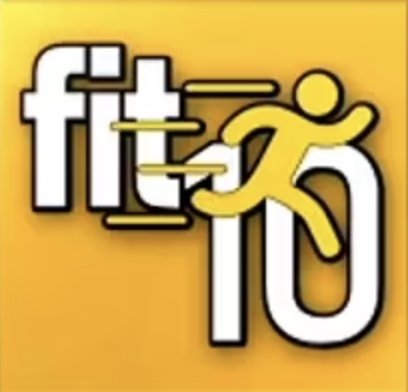Calf muscles, blood pressure, and dementia
Now this is really fascinating! It turns out, as reported in Neurology Neuroscience, that blood pressure can influence dementia risks, and calf muscle stimulation can help reverse signs of cognitive decline associated with aging.
Clinical studies that have followed older individuals over many years have consistently demonstrated that chronically low blood pressure increases the risk of age-related cognitive decline.
For example, a study published in 2017 followed more than 24,000 people for up to 27 years. This study showed that low blood pressure is a significant predictor of cognitive decline and the probability of developing dementia. This was independent of age, gender, weight, cardiovascular, kidney or diabetic status.
What constitutes low blood pressure?
Low blood pressure, also called hypotension, is usually defined as having a blood pressure low enough to cause dizziness, blurry vision or fainting. These symptoms typically occur with a diastolic pressure below 60 millimeters of mercury, or mmHg. Doctors tend not to be concerned about low blood pressure until diastolic pressure falls below this level.
And the calf muscle’s role in helping this condition is what?
Low diastolic pressure can arise as a result of medication use, heart failure or other health complications. But, in most people, it is simply a matter of the heart not pumping out enough blood with each stroke; in other words, low cardiac output. And low cardiac output occurs when not enough blood is being returned to the heart from the lower body.
The soleus muscles, specialized muscles in the middle of your lower legs, are responsible for pumping blood back up to the heart. Over the last decade, research has demonstrated that the soleus muscles plays a critical role in maintaining normal blood pressure during sedentary activities.
An effective strategy for maintaining normal blood pressure, and brain blood flow, is to “re-train” your soleus muscles. These deep postural muscles are most active during activities such as sustained squatting or toe standing.
But it turns out that another options exists. Mechanical calf muscle stimulation has been shown to significantly increase venous return to the heart.
What’s interesting about this is that many years ago I learned from a professional physical therapist that they refer to the calf muscle as “the second heart”. Their referencing it that way had more to do with how much the calf muscle has an effect on all other muscles in the body and even the skeletal frame. It’s now fascinating learn that the term “second heart” fits an even more important narrative - blood pressure.
The good news is that there is a very simple and inexpensive (mechanical) solution to this. Get and use a muscle roller on your calf muscles. I have been using one of these on my calves for over 20 years.
